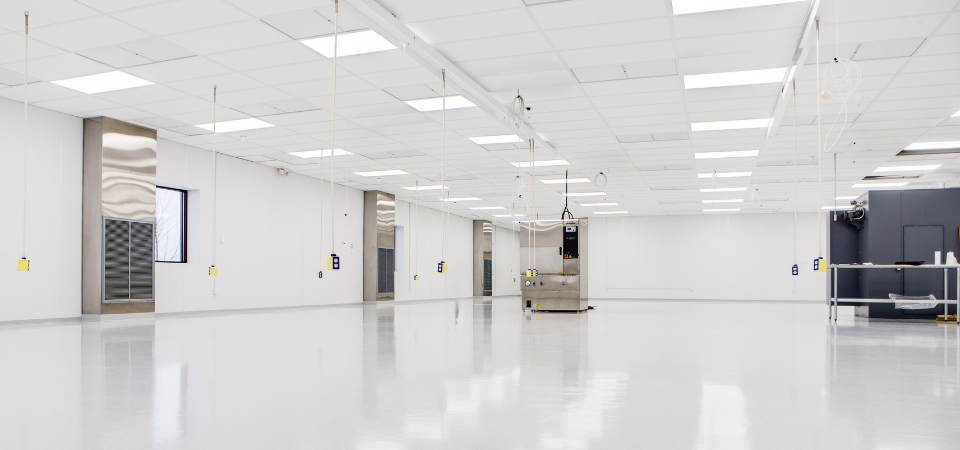QUESTION:
Which cleanroom classification do I need? (Part 2)
Answered By: Tim Loughran
There are a lot of determining factors involved and in every industry there is a default that you start with. In medical device packaging for instance the default is ISO 7 (or class 10,000) cleanroom. The main question to ask is, what do I really need for my contamination levels? What size particle is my issue, and how much air do I have to circulate to get that contamination out?
A cleanroom is designed to keep the outside environment from getting in. Once you’ve built your environment, the two things that cause contamination in it are the people and the process. So, what contamination is generated by people, and what contamination is generated by the process is what you have to determine.
Often times what you find is that you can go with a less-clean cleanroom by garmenting people to a higher level, and understanding where your contamination is coming from. Where you locate return air grills, and filtration can give you cleaner areas within a clean room, but takes your overall cleanroom to a lower level. This will save you significant cost from both construction and operational standpoints.
One of the reasons they did the ISO standards, is they created an environment called “ISO Class 9,” which was never a cleanroom classification before. It translates roughly into what the pharmaceutical industry calls a “controlled and classified area.” By controlled and classified, this means that it is controlled to a particle level (you have HEPA filtration), its controlled to the temperature and humidity that you’ve specified, but it’s not classified in terms of the particle count. It’s pressurized, its controlled temperature-wise, and you’re filtering the air. In many cases, that’s all that a client needs from a cleanroom standpoint.
If you’re not careful, you can end up building a clean room far beyond your actual requirements and there are dramatic costs involved with doing that.
Continue to Which Cleanroom Classification Do I Need? (Part 1)


